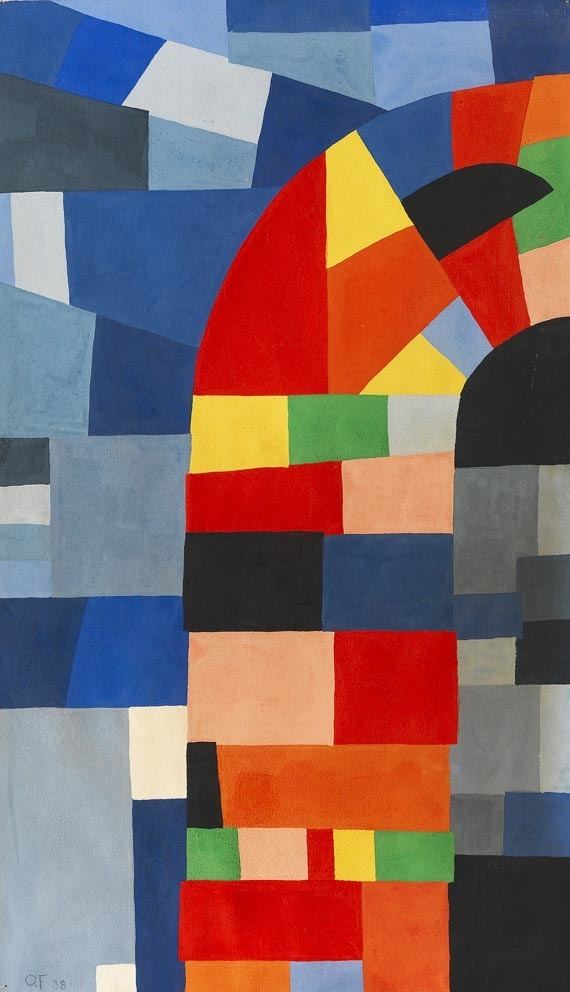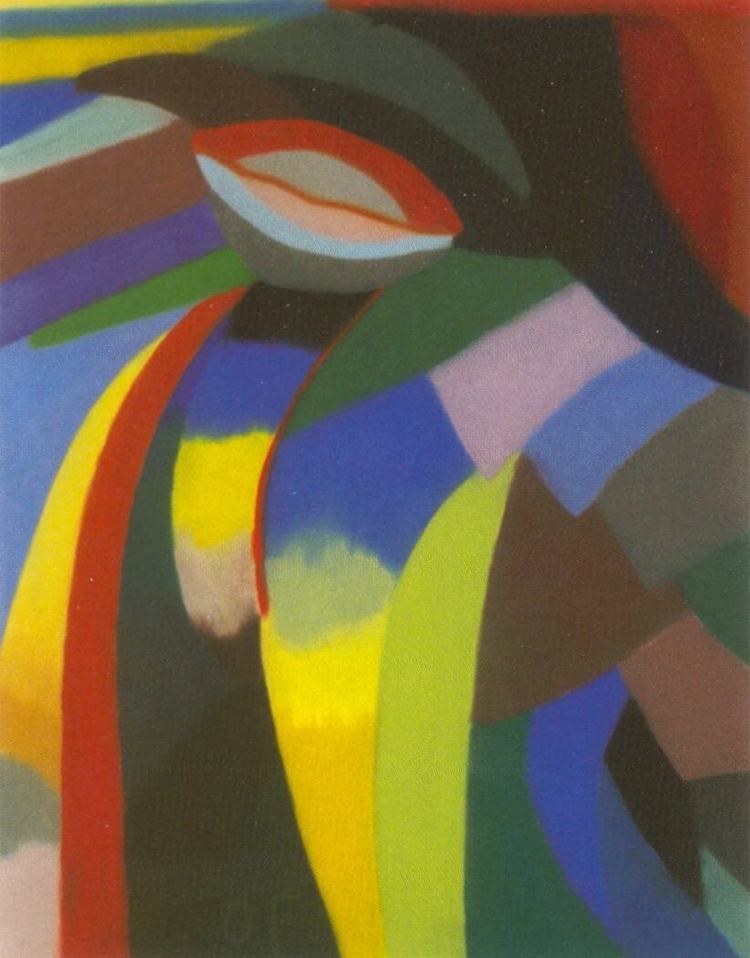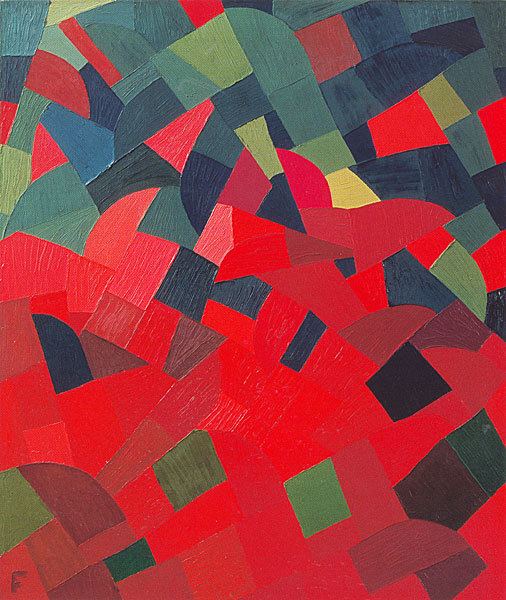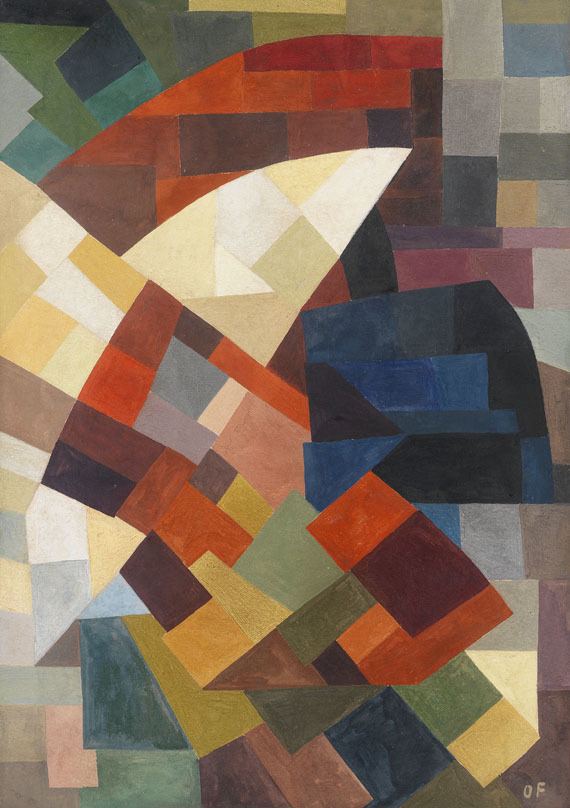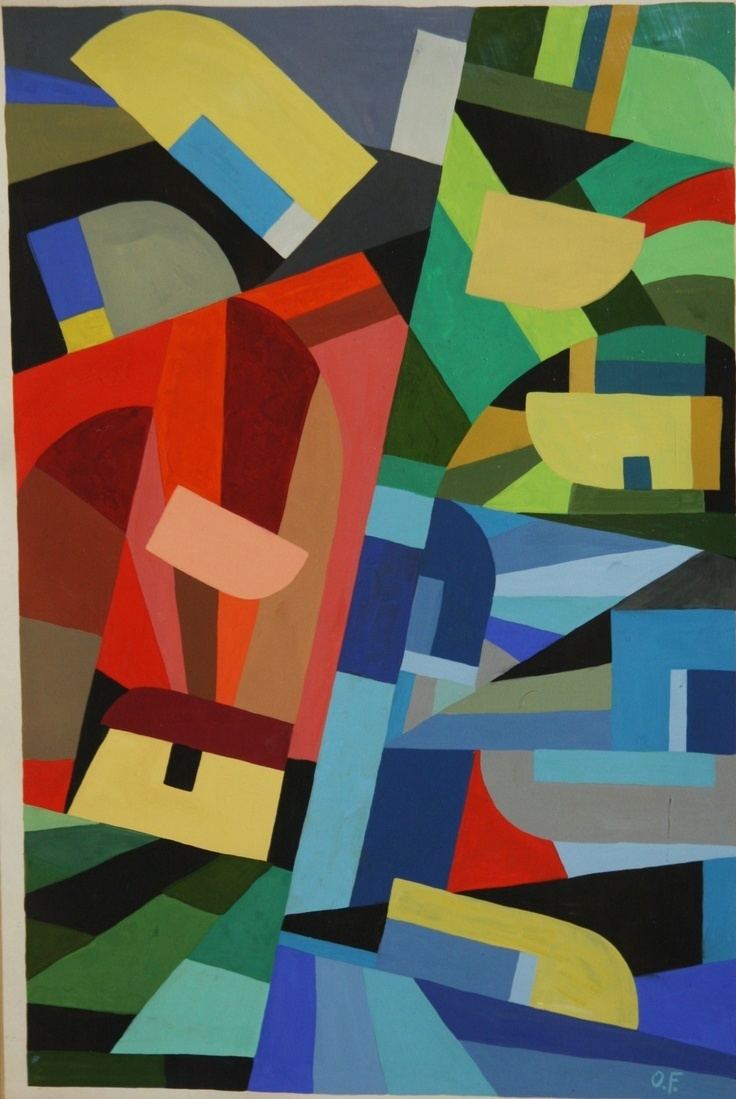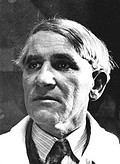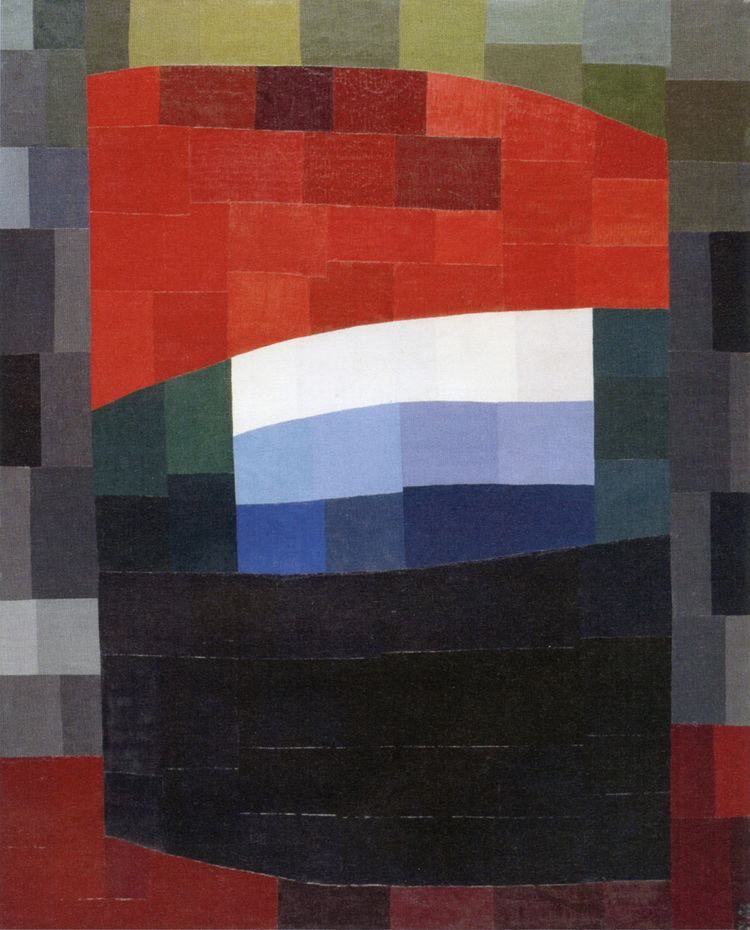Nationality German Name Otto Freundlich | Known for Painting and sculpture Role Artist | |
Died March 9, 1943, Majdanek concentration camp, Lublin, Poland Artwork Der Neue Mensch, The Unity of Life and Death | ||
Otto freundlich pontoise
Otto Freundlich (10 July 1878 – 9 March 1943) was a German painter and sculptor of Jewish origin and one of the first generation of abstract artists.
Contents
- Otto freundlich pontoise
- Teaser online course on modern art Otto Freundlich
- Life
- Documentary Film
- References
Teaser – online course on modern art (Otto Freundlich)
Life
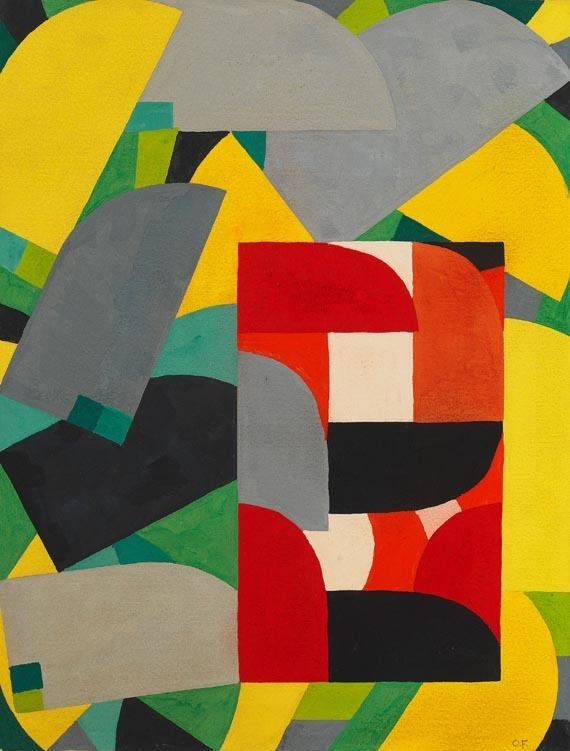
Freundlich was born in Stolp, Province of Pomerania, Prussia, and studied dentistry before deciding to become an artist. He went to Paris in 1908, living in Montmartre in Bateau Lavoir near to Pablo Picasso, Braque and others. In 1914 he returned to Germany. After World War I, he became politically active as a member November Group. In 1919, he organized the first Dada - exhibition in Cologne with Max Ernst and Johannes Theodor Baargeld. In 1925, he joined the Abstraction-Creation group.
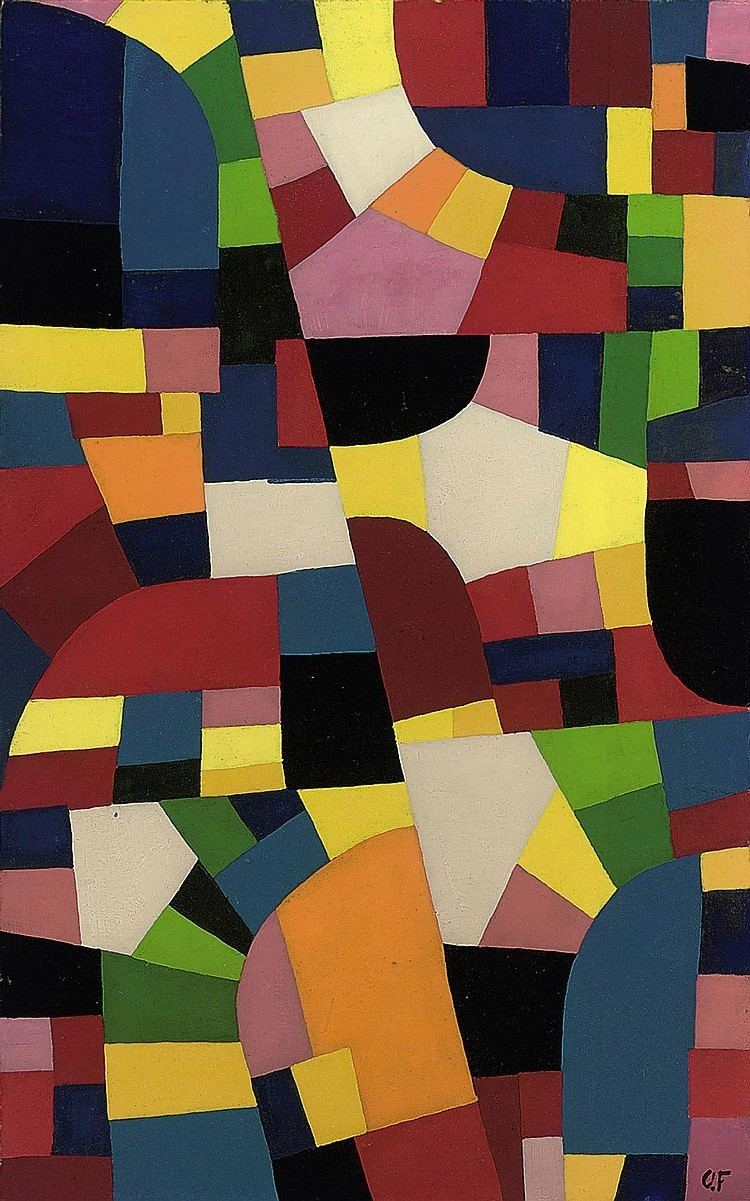
After 1925, Freundlich lived and worked mainly in France. In Germany, his work was condemned by the Nazis as degenerate and removed from public display. Some works were seized and displayed at the infamous Nazi exhibition of degenerate art including his monumental sculpture Der Neue Mensch (The New Man) which was photographed unsympathetically and used as the cover illustration of the exhibition catalogue. Der Neue Mensch was never recovered and is assumed to have been destroyed. One of his sculptures was recovered in an excavation in Berlin and put on display at the Neues Museum.
While in Paris, he became a member of the Union des Artistes Allemandes Libres.
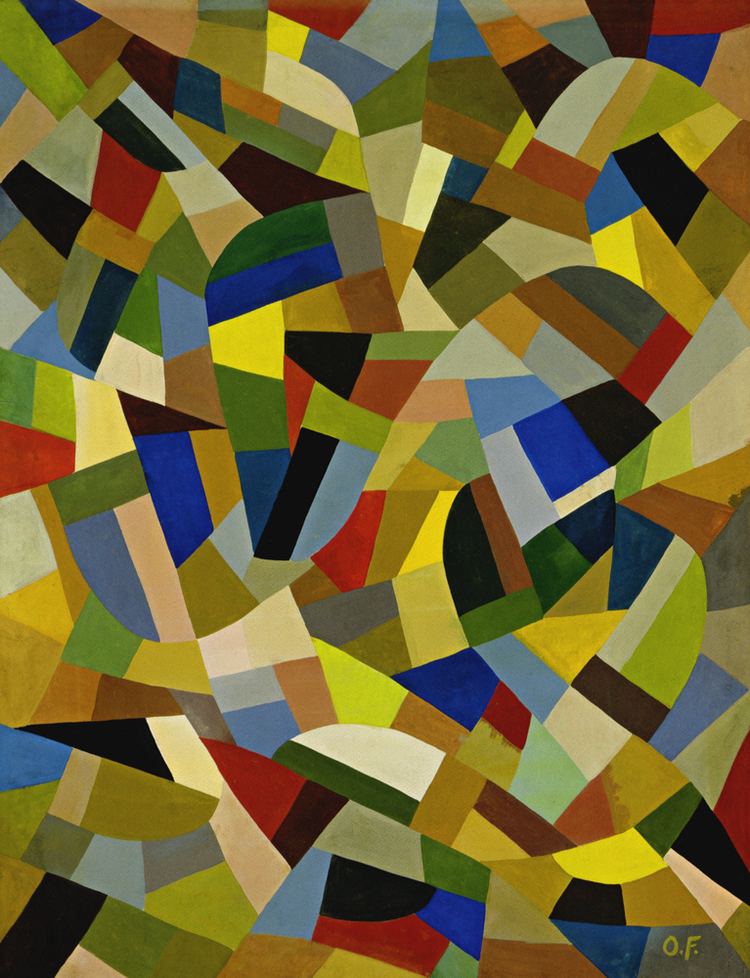
With outbreak of World War II, Freundlich was interned by the French authorities but released, for a time, under the influence of Pablo Picasso. In 1943 he was arrested and deported to Majdanek Concentration Camp, where he was murdered on the day he arrived.
Documentary Film
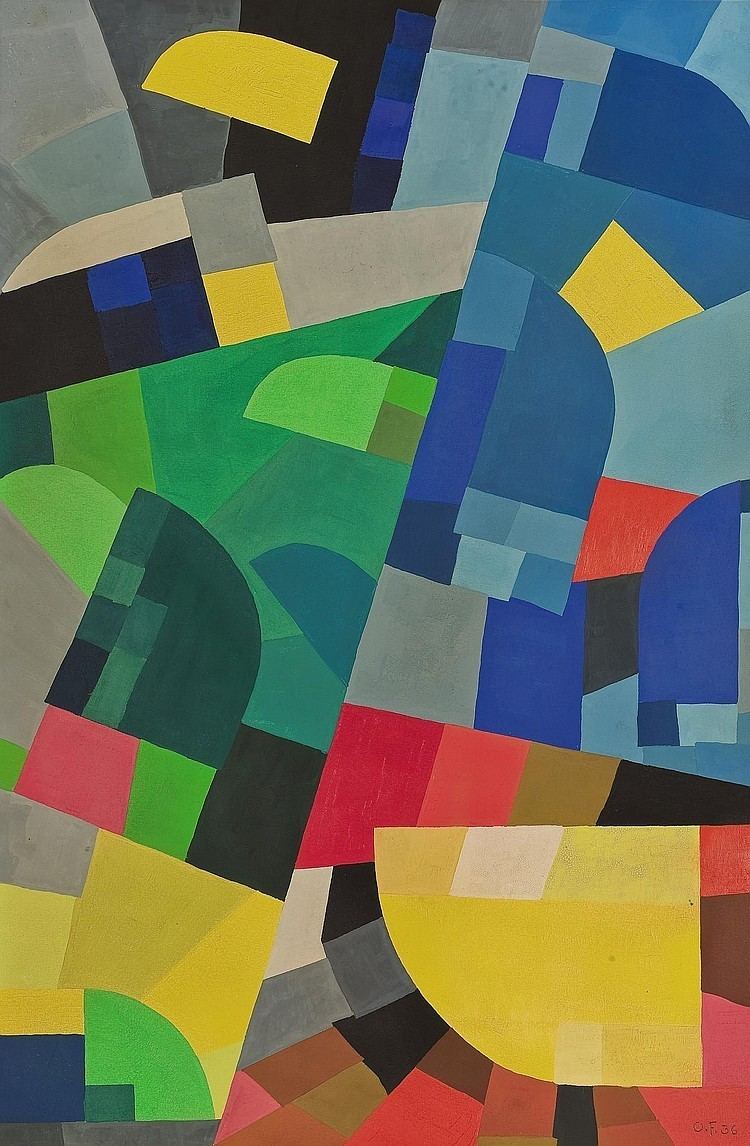
Although Otto Freunlich has been largely overlooked since being vilified by the Nazis, a documentary Das Geht Nur Langsam (It Takes Time) was released in 2012. The film traces his vision to build streets of sculptures running through Europe symbolizing his utopian ideas for a world society
